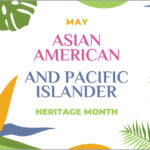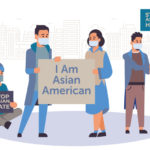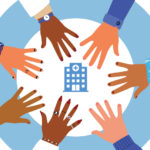United in diversity: Our Asian American and Pacific Islander community
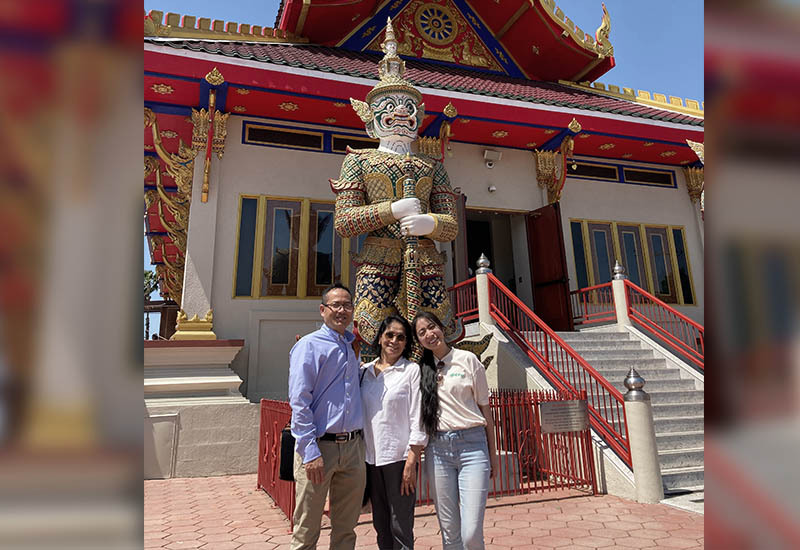
Asian Americans and Pacific Islanders contribute to patient care at Boston Children’s Hospital in virtually every way. Many work directly with patients as doctors, nurses, and pharmacists. Many contribute to care as researchers, lab technicians, and food service workers. Some work behind the scenes in human resources and administration, and some help maintain a safe, clean environment in Boston Children’s facilities.
The community at Boston Children’s also reflects the wide range of national heritages of Asian American and Pacific Islander (AAPI) people in the U.S.: Chinese, Hawaiian/Pacific Islander, Filipino, Indian, Japanese, Korean, Nepali, Taiwanese, Thai, and Vietnamese — to name just a few.
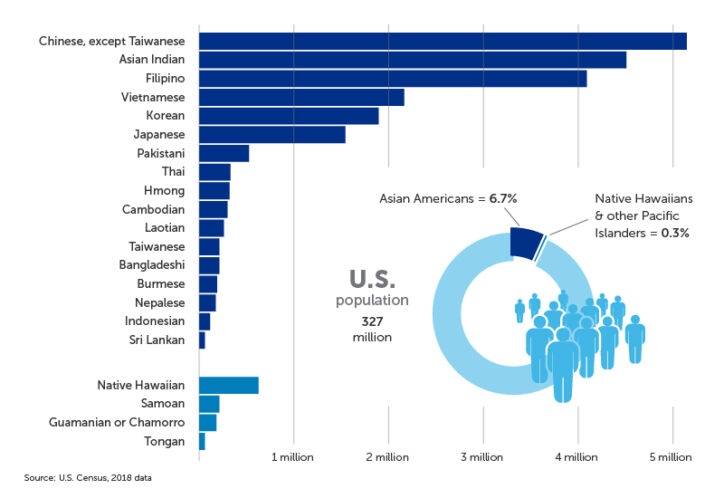
Unfortunately, many Asian Americans and Pacific Islanders live with a growing fear of harassment and discrimination. Incorrectly blamed for COVID-19 or simply targeted for their race, AAPI people have faced increasing threats to their safety and well-being since the start of the pandemic.
We spoke with Geeranan Chuersanga, program coordinator in Boston Children’s Office of Health Equity and Inclusion and a leader in Boston Children’s Asian American Pacific Islander Collaborative. Here she shares insights into Boston Children’s AAPI community, her own Thai culture, and a simple but effective way to get to know AAPI friends and colleagues.
Confronting anti-Asian hate as a community
Many Asian Americans and Pacific Islanders at Boston Children’s connected on a deep level after shootings at three Asian-operated spas in Atlanta in March 2021. “Coming together gave us an opportunity to express feelings many of us have had for a long time,” says Chuersanga. “It helped us see that we are not isolated.”
Together, members of the collaborative found a sense of belonging and a safe space to share their grief and frustration over early news coverage of the violence in Atlanta. For several days after the event, many news outlets focused on the gunman’s backstory, failing to put it in context of the upsurge in anti-Asian hate crimes since the start of the pandemic.
Coming together gave us an opportunity to express feelings many of us have had for a long time. It helped us see that we are not isolated.”
The group also talked about the paradox of simultaneous hyper-visibility and invisibility: Dangerously visible on public streets due to anti-Asian hate, yet often invisible in their pain or contributions to American society. Asian stereotypes add to this invisibility by stripping people of their individuality.
“There’s a tendency to lump all AAPI people into a single bucket,” says Chuersanga. “The truth is, we come from many different countries and hold many different roles. Even when we’re from the same country, each person has their own distinct experiences and identity.”
The gateway to knowing an Asian person is their name
If you want to get to know a person, take time to learn their name and how to pronounce it. This is especially true of Asian Americans and Pacific Islanders. After generations of adopting American-sounding names, many AAPI people are now choosing names that celebrate their cultural roots.
“My parents named me Geeranan because they wanted me to carry my heritage as a first-generation, American-born Thai with me into my future,” says Chuersanga. Her name also has a special meaning (as do many Asian and Pacific Islander names). “Geeranan means ‘One has happiness and enjoyment for a long period,’” she says.
Geeranan means ‘One has happiness and enjoyment for a long period.'”
When she was young, however, most of her classmates and many teachers treated her name as an inconvenience. “They would say things like, ‘Can I just call you G?’ or ‘I’m not even going to try.’” Chuersanga spent much of her childhood wishing she could change her name so she could fit in.
This changed in college when she became active in several Thai student organizations. That was when she embraced her name. “Accepting my name empowered me to accept who I am as a person.”
While she recognizes that learning an unusual name takes extra time and effort, she encourages people to make that effort. “When someone asks me how to pronounce my name, it tells me they are interested in getting to know me as a person.”
Thailand’s art, culture, and a mythical creature
Over the past two years, Chuersanga has connected with the global Thai community through art. The pandemic gave her time to create a series of drawings and illustrations celebrating Thai culture. By sharing her artwork on social media, Chuersanga gives back to her community while meeting people from around the world.
One of her illustrations, for instance, depicts the mythical creature Hanuman from the Hindu epic Ramakien. “Hanuman is the son of a monkey princess and the Wind God,” she explains.

“This drawing was inspired by my early exposure to traditional Thai arts. I played Thai music and often accompanied my friends as they performed traditional dances. Hanuman stood out to me due to his strength, courage, and devotion.” Chuersanga brings those very qualities to her work at Boston Children’s every single day.
Learn more about the Office of Health Equity and Inclusion.
Related Posts :
-

Celebrating remarkable Asian Americans and Pacific Islanders
Boston Children’s Hospital thrives, thanks in part to the contributions of its Asian American and Pacific Islander staff and ...
-

Helping your kids understand and cope with anti-Asian racism
Over the past year, there has been an alarming increase in anti-Asian sentiment and discrimination in the United States. The ...
-

Standing up to microaggressions: A hospital-wide training
How can a large, teaching hospital address racial bias in the midst of a pandemic? This question came to a ...
-

Talking to your child about slurs: When words hurt
Imagine the following scenarios: You’re walking down the street with your teenage son and an adult in a passing ...


